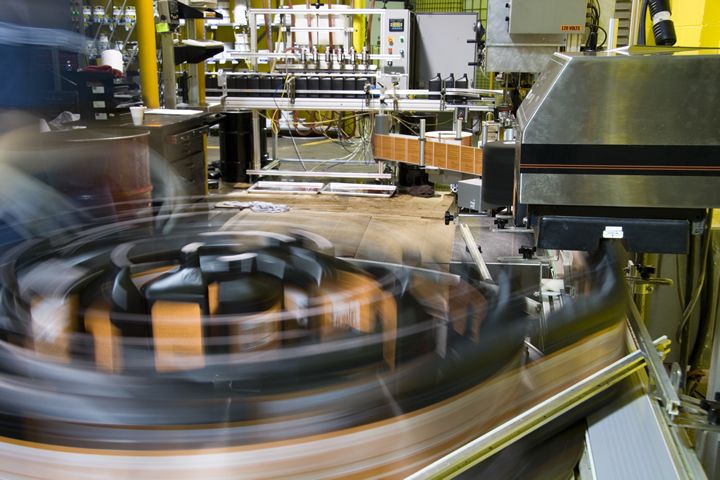Automating pick-and-place in food manufacturing
The requirements included automatic pick and place of up to 60 keys per minute, seamless integration with the existing production line and a minimal factory floor footprint.
A Packaging Look-Ahead for 2024 and Beyond
As packaging converters and their brand/retailer clients look to the future, there are four key areas of focus that are getting a lot of attention: Artificial Intelligence, Sustainability, Automation, and Hiring and Retaining talent.
Robotic Evolution In Packaging Automation Delivers Greater Efficiency
Predominantly known for their automatic bagging equipment, Haley recently introduced the industry's first-known robotic pad inserter. The 6-axis robot places cardboard top pads in different-sized produce boxes.
Specialty Food Manufacturer Meets FDA Requirements and Sustains Growth with MRP Software
Specialty food manufacturer Tait Farm Foods implemented MRP software to get a clear overview of their operation and increase profitability.
Avoid These Five Mistakes When Choosing Food-grade Conveyors, Says Ultimation Industries
Unlike regular industrial conveyors, food and washdown material handling solutions must be constructed of sanitary and hygienic materials to meet rigorous safety standards and must be easy to clean, maintain and inspect.
Organic Food Packaging
To meet consumer demands for authentic and fresh-tasting foods, some innovative packaging technologies are doing the job normally given to preservatives, enabling manufacturers to keep the ingredient list to a minimum.
Records 1 to 6 of 6
Featured Product

Advanced Mid-Power and High-Power LEDs for Horticulture Lighting
Cree LED's J Series® family offers a comprehensive portfolio of mid-power and high-power LEDs engineered specifically for horticulture lighting. The lineup includes high-efficacy 2835, 3030 and 5050 platforms designed to maximize photon output, energy efficiency, and long-term reliability in demanding grow environments. Photophyll™ Select options in the JB3030C and 2835 platforms deliver industry-leading efficiency with excellent sulfur resistance and footprint compatibility with 301B/H devices - making design-in seamless for horticulture luminaires. The 2835 N-Class color portfolio adds even greater flexibility with 15 high-efficacy spectral options that support precise spectrum tuning. For high-power applications, the JR5050C provides the industry's highest efficacy in its class and can reduce system costs by up to 40%. The JR5050B complements this with best-in-class efficacy in both 6V and 30V configurations. The J Series portfolio also features top-performing white LEDs. The JB3030C delivers up to 3.33 PPF/W (typical), while the JB2835B offers the highest efficacy available in a 2835 white platform. Together, these solutions give horticulture lighting manufacturers exceptional efficiency, broad spectral versatility and unmatched design flexibility.






